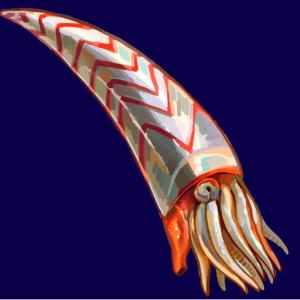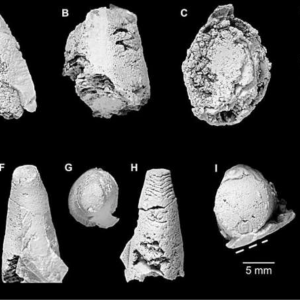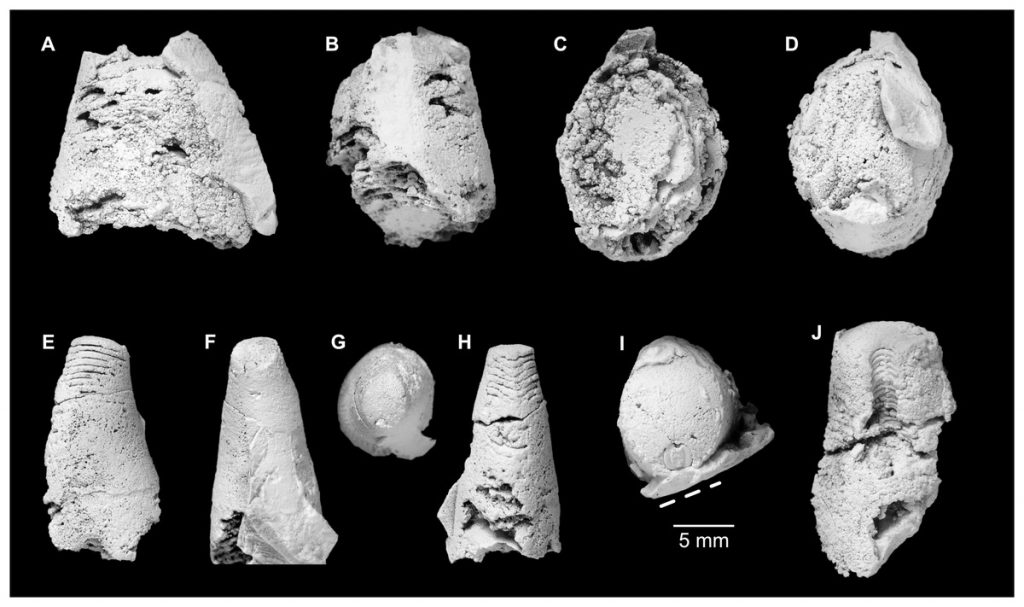"Shedding light on the origin and early evolution of the earliest known cephalopod fossils to better understand their evolutionary history"
In the Press

Explosion of Cambrian fossil molluscs unveiled in Australia
.

Findings in Australia unveil fossil trove of Cambrian mollusks
For All Readers - AI Explainer
Unraveling the Mysteries of Ancient Cephalopods
What is the significance of the research on Plectronoceratids from the latest Cambrian?
This research delves into the earliest known cephalopod fossils, shedding light on the origin and early evolution of these mollusks, which is crucial for understanding their evolutionary history.
Where were the new specimens discovered, and why are they important?
Over 200 new specimens were found in the lower Ninmaroo Formation at Black Mountain, Queensland, Australia, collected decades ago by Mary Wade. These specimens are significant because they provide unprecedented insights into the three-dimensional morphology of the Plectronoceratid siphuncle.
What insights did the study reveal about the siphuncle morphology of Plectronoceratids?
The study uncovered complex three-dimensional structures of the siphuncle, including highly oblique segments, an elongated middorsal portion called the septal flap, and laterally expanded segments known as siphuncular bulbs. Previous misinterpretations were due to the reliance on longitudinal sections, which failed to capture the true complexity of the siphuncle.
How did the findings impact the taxonomy of Plectronoceratids?
The research led to a revision of the order Protactinoceratida and the families Protactinoceratidae and Balkoceratidae, which are now considered junior synonyms of Plectronoceratida and Plectronoceratidae, respectively. The number of valid genera was reduced from eighteen to three, clarifying the classification of these ancient cephalopods.
What are the broader implications of this study?
This study highlights the importance of considering three-dimensional morphology in fossil analysis and emphasizes the need for revisiting and revising taxonomy based on new insights. Additionally, it underscores the significance of the Black Mountain specimens in furthering our understanding of cephalopod evolution and the origin of the siphuncle.

Sinoeremoceras marywadeae sp. nov. from the lower Ninmaroo Formation, Unbunmaroo Member (BMT 1), Black Mountain, near Boulia, Queensland, Australia.
What are Article Spotlights?
Spotlighted articles are press released, and feature author interviews, AI explainers and more.
If you have published in Peer J and would like to be featured in an Article Spotlight please contact PeerJ.

